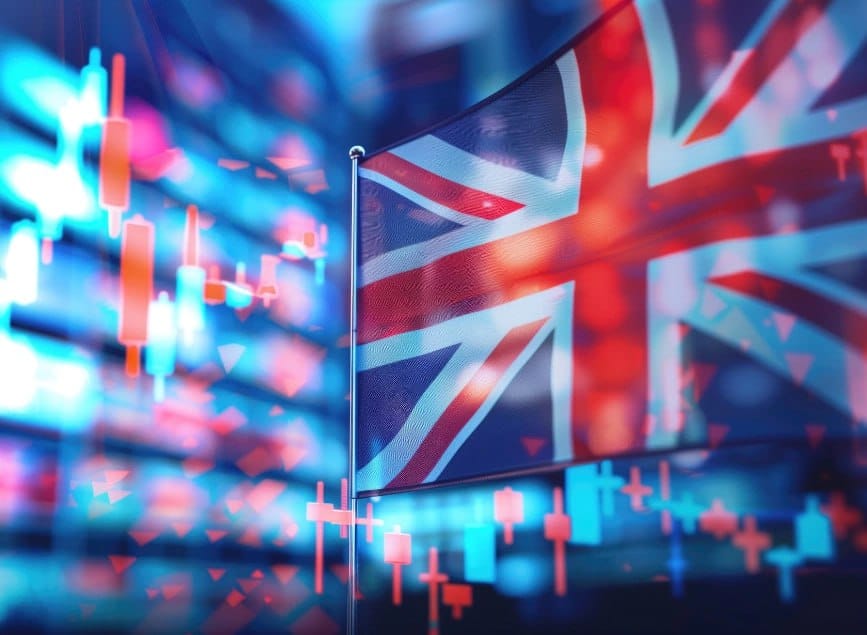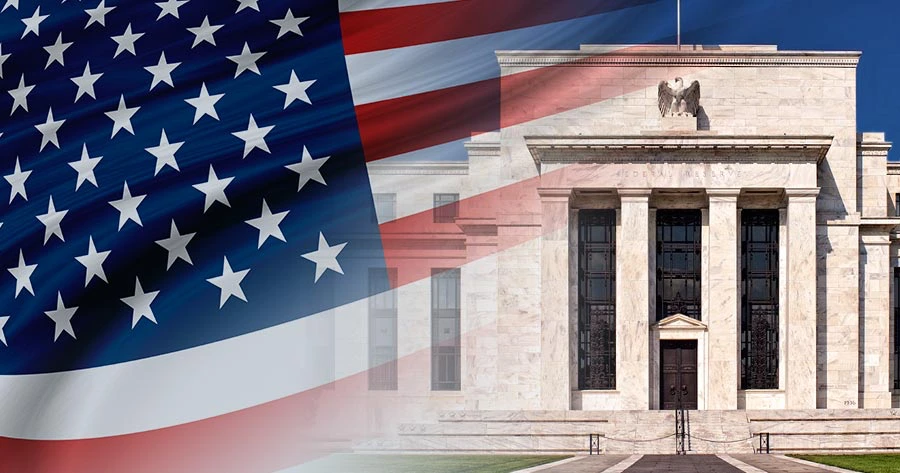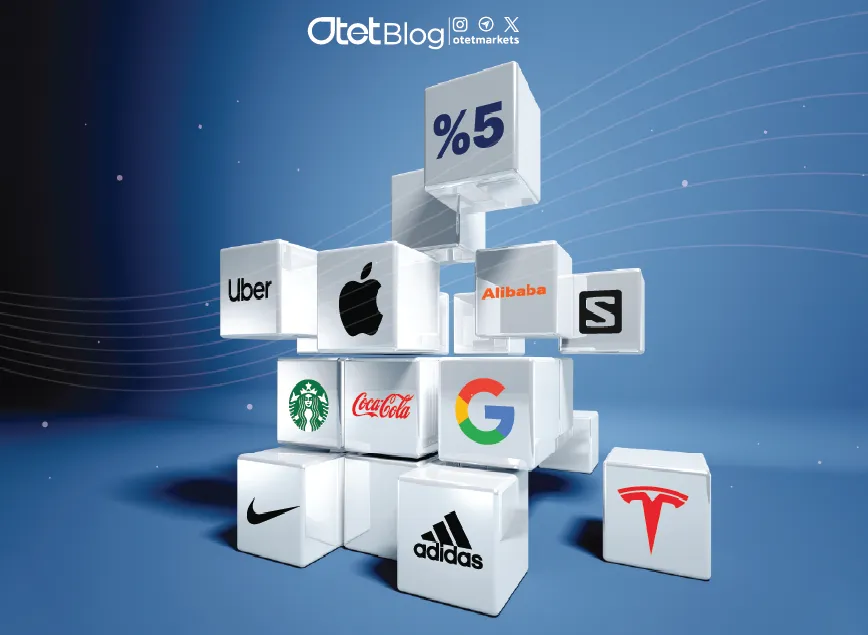
United Kingdom Inflation Rate
In September 2024, the UK’s annual inflation rate dropped significantly to 1.7%, marking the lowest level since April 2021. This decline from 2.2% in August also fell below the expected rate of 1.9%, signaling a continued easing of inflationary pressures across the economy. The reduction offers relief to consumers, as rising costs in key sectors have been a major concern over the past several years.
Transport Costs Drive Inflation Decline
The most substantial factor behind this drop was a sharp fall in transport costs, which decreased by 2.2%. Airfare prices experienced a notable reduction, contributing heavily to the overall decline. Meanwhile, motor fuel prices also dropped significantly, with petrol prices falling to 136.8 pence per litre, down from 153.6 pence a year earlier. These price reductions reflect both a moderation in global energy markets and a weaker demand for air travel, providing some relief to UK households.
Lower Housing and Utility Costs
Inflation in the housing, utilities, and services sector also slowed, further contributing to the overall decrease. With the recent reduction in wholesale energy prices, utility bills saw a slight reprieve, although the full impact of these changes may take longer to reflect in household expenses. Additionally, services inflation showed signs of softening, as businesses passed on fewer price increases to consumers in response to easing supply chain disruptions.
Food and Non-Alcoholic Beverage Prices Continue to Rise
While inflation cooled in many areas, food and non-alcoholic beverages prices increased by 1.9%, up from 1.3% in August. This rise, the fastest pace in recent months, underscores the persistent pressure in the food supply chain, exacerbated by global disruptions in agriculture and food production. High commodity prices and labor shortages in certain parts of the industry have kept grocery prices elevated, despite falling inflation in other sectors.
Core Inflation and Economic Implications
Excluding volatile items like food and energy, core inflation remained more stable. However, the Bank of England will closely monitor the broader economic trends to determine if inflation has stabilized sufficiently or if more action is required to prevent inflation from re-accelerating.
With inflation falling to its lowest point in over three years, policymakers may face less pressure to further tighten monetary policy through additional interest rate hikes. This could provide relief for businesses and consumers alike, especially as the broader economy grapples with uncertainty in the global market.
Outlook: Opportunities and Risks Ahead
Though the current inflation trend is positive for UK households, risks remain. Rising food prices and global uncertainties, particularly in energy and trade, could still impact inflation going forward. The Bank of England may choose to hold rates steady for the near future, but any shocks to the economy could prompt a reevaluation of its monetary policy stance.
The easing of inflation offers a positive development, though lingering pressures in key areas like food continue to challenge households and policymakers alike. The coming months will be crucial in determining whether inflation remains under control or if further interventions are required to stabilize the economy.
Share
Hot topics

Federal Reserve’s Challenges to Trump’s New Policies
As the Federal Reserve Open Market Committee (FOMC) prepares for its upcoming meeting, all eyes are on how the Fed will respond to Donald Trump’s latest economic policies. With the...
Read more




Submit comment
Your email address will not be published. Required fields are marked *